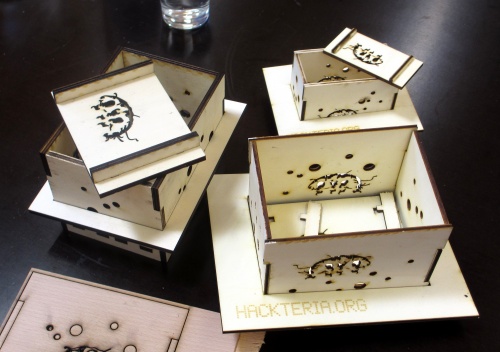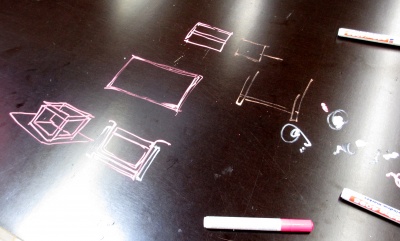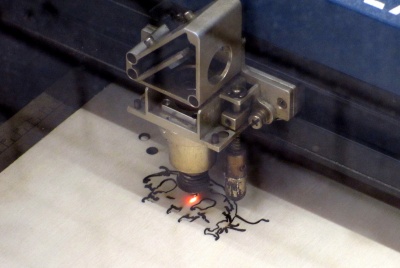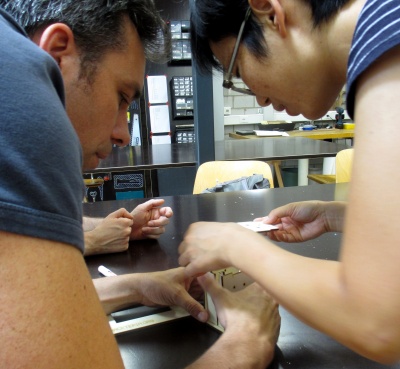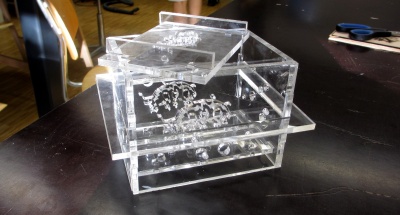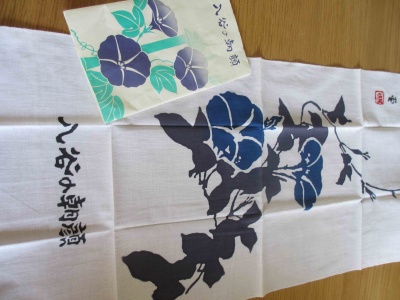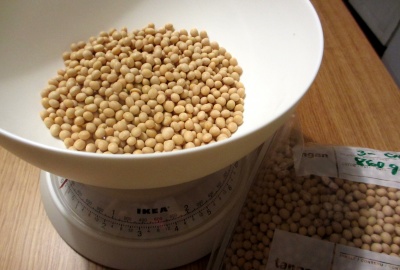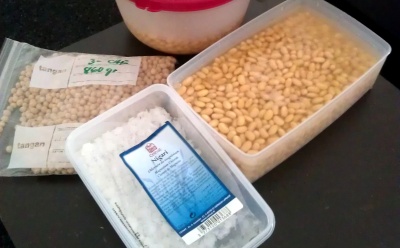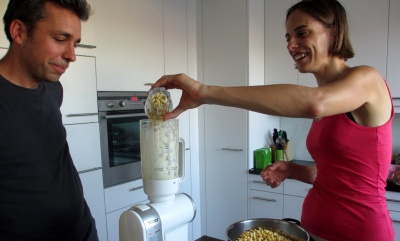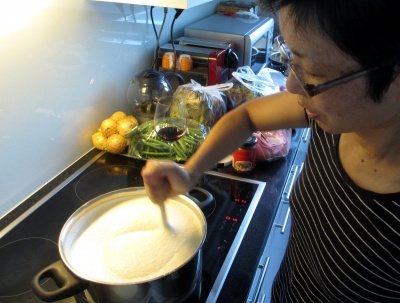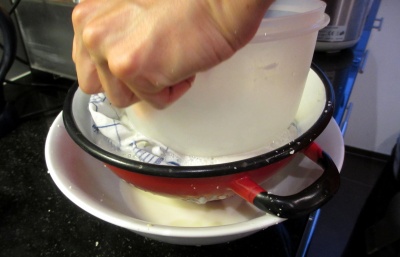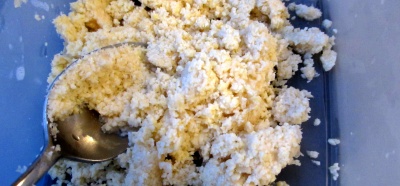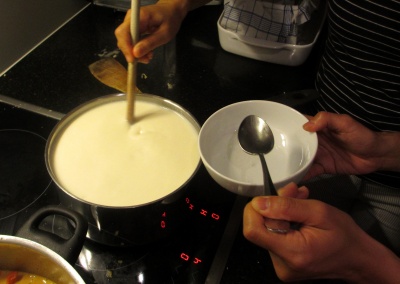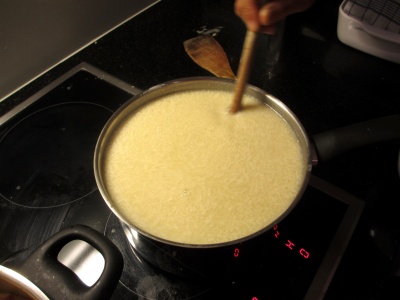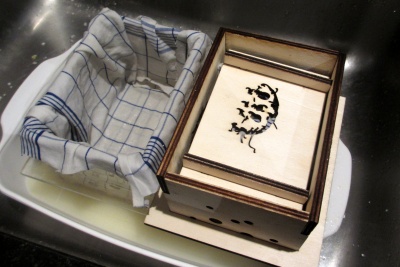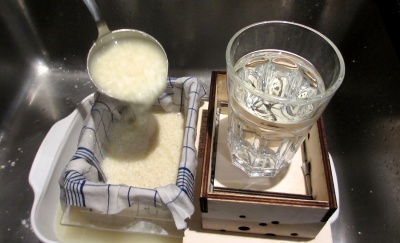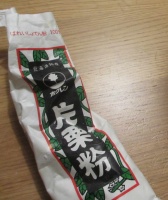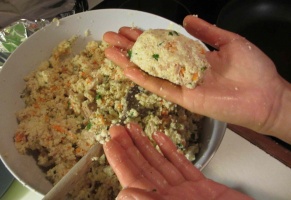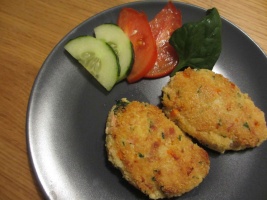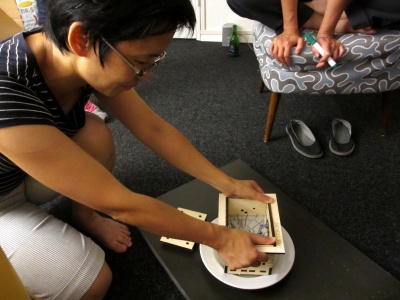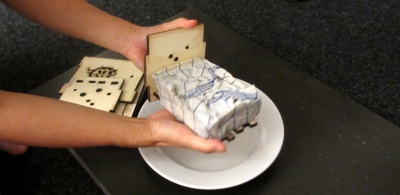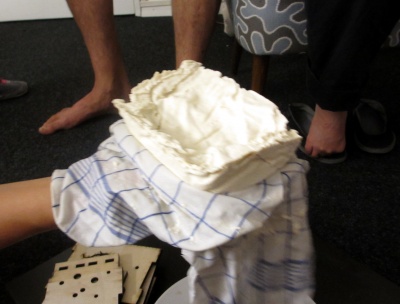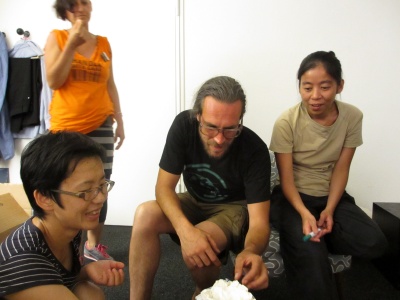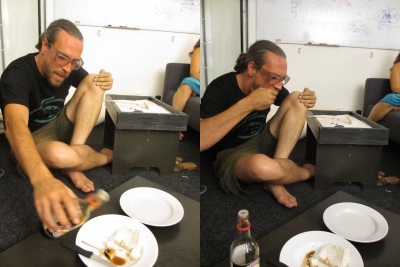Do eat your laser Tofu (DEYLT)
The Do-It-Yourself (DIY) and Do-It-With-Others (DIWO) approaches in citizen science projects are embodied in the preparing of food, which could serve as a model for public participation in science initiatives. Working in a kitchen has many paralles with working in a scientific bio lab. And even fundamental process like fermentation, encapsulation and coagolation are used and can be explored. So let's make some tofu and revive the artisans’ experiments, which always involved not only observations, but also tasting...
To prepare tofu we need a nice tofu press. So first we make a open source, laser cut tofu press. Then we go on to the kitchen.
FABLAB tofu press making
Tofu press made from a single board of wood (about 40 cm x 40 cm) and assembled like a puzzle without any screws.
Design sketches
The idea is that there are holes to drain the water, height to support enough of the liquid to press down to a nice thick tofu layer, a lid to press the tofu, and an easy disassembly to recover the tofu intact.
Laser cutting
Traditionally, in Japan, cypress is used – we used a 6mm composite board. We share the design as a pdf.
Assemblage of Prototypes
When you scale the files, remember the thickness changes too!! The thickness should match your material thickness
We tried plexiglass and it is beautiful.
Tofu-making
Concept
Conceptually, it is protein coagulation – with much similarity to fresh cheese making.
http://en.wikipedia.org/wiki/Coagulation_(disambiguation)
http://www.uacg.bg/filebank/att_1846.pdf
Ingredient List
600g dry soybeans (Asian store)
4 liters of water
2 tablespoons of Nigari = coagulant, MgCl2 (Health food stores)
- The MgCl2 gives a slow coagulation and finally a smoother texture (traditional coagulant in Japan)
- Alternatives:
- CaCl2--> gives a fast coagulation and a firmer texture
- CaSO4 (Gypsum)
- delta glucono-lactone (GDL)
- CaCl2--> gives a fast coagulation and a firmer texture
- some acids coagulate as well
- lemon
- "vinegar" not sure about the taste at the end....
- lemon
- Depending on the coagulant used, you will obtain different qualities of tofu.
- More on nigari and other coagulants here: http://en.wikipedia.org/wiki/Tofu#Salt_coagulants
- Why acid works for coagulating proteins (they use cheese making as an example): http://kitchenscience.sci-toys.com/acids
Tools
- blender
- thermometer (up to 100C)
- strainer
- big pot and ladle
- thin towel boiled for cleanliness
(recommended, coarse, thin materials –not as coarse as gauze, but here is a picture of a tenugi, which is thinner than a typical kitchen cloth, or a cheese cloth may be used)
Methods
Prepare the beans
Prepare the beans by washing them and soaking overnight
Purée the soybeans
Purée the soybeans with the water – easier using a mixer – until smooth-ish
Boiling
In a big pot, stir the puréed mix until boiling and then stir an additional 10 min (foams like cappuccino, make sure it doesn’t burn on the bottom!)
Pressing
Take the mixture and press out the soymilk with all of your muscles flexing
Save the crushed soy (okara)
Nigari
Mix the Nigari with a small amount of water
Heating Soymilk
Take the soymilk, and heat while stirring until 75oC
Remove the pot from the heat, and add the dissolved nigari, stir into the soymilk thoroughly and rapidly. As you see, it coagulates/curdles/flocculates.
Let it rest!
Molding
After 15~20min, mix by “cutting crosses” (not stirring) into the pot The water above should clear, as the white curdles settle
Prepare the mold by lining with the cloth - we found that two layers of towels (one horizontal and one vertical) facilitate the handling of tofu afterwards) Add the above mix
Press the water out (the more water you press out, the more dense the tofu - the glass of water is the weight), 30 minutes is a great start
What to do with the okara
The left-over okara contains tons of nutrients, and oil. You can make it into a veggie burger, here using potato starch (asian market) as a binder:
Tasting
Unmolding
Then take out of the mold and bon apetit!
Yummy
We all agreed that DIY tofu is the best.
And realy tasty when adding some soy sauce.
You can keep your tofu for a few days (1 week) by soaking it in cold water in a hermetic box (you must change the water every day)
Enjoy!
